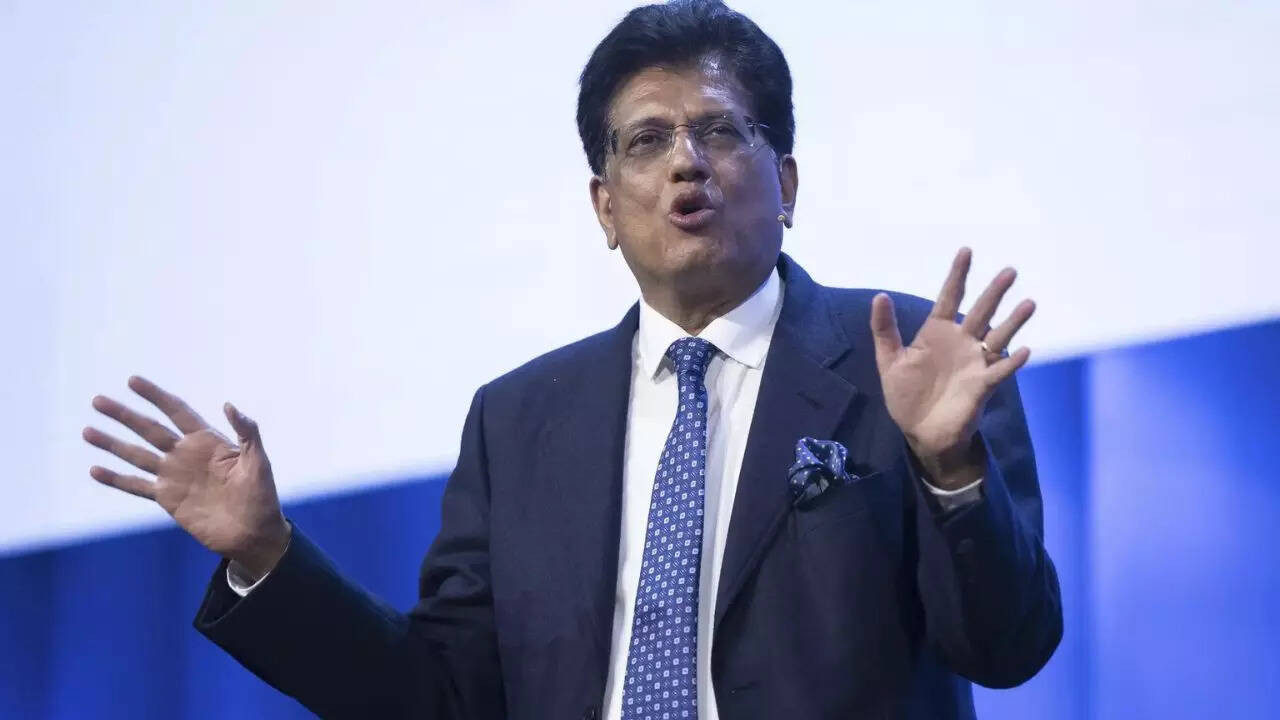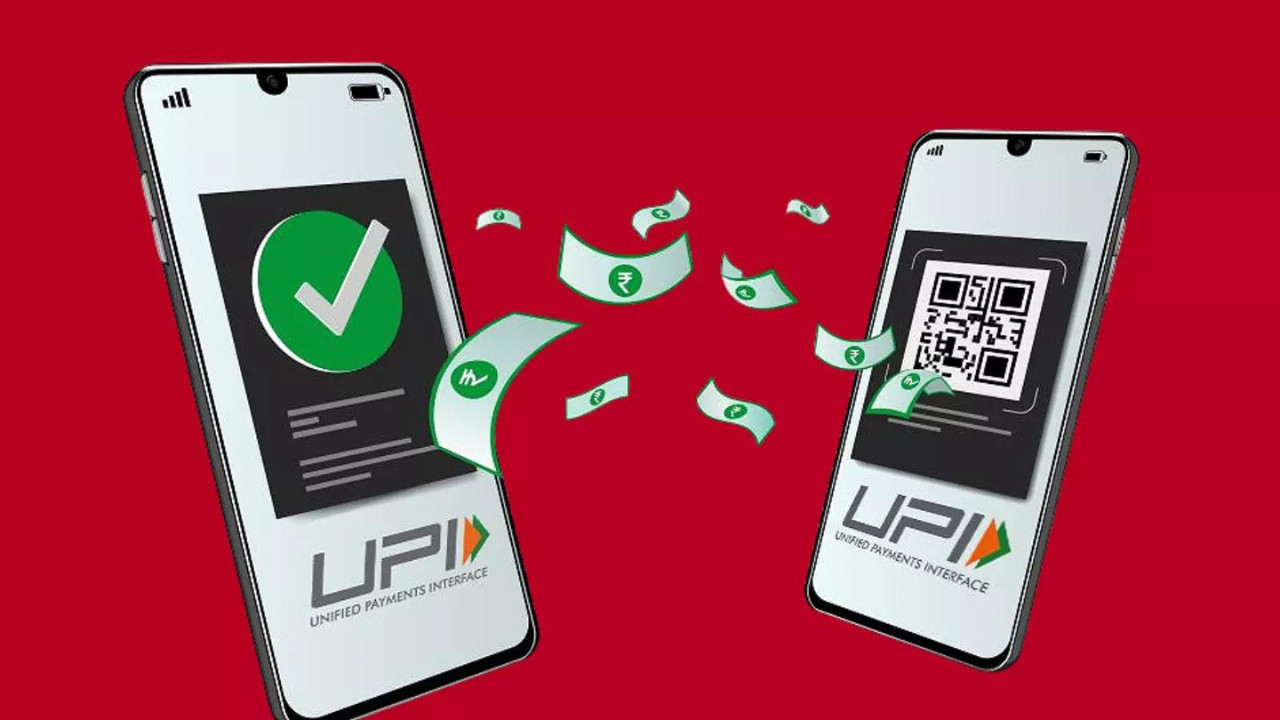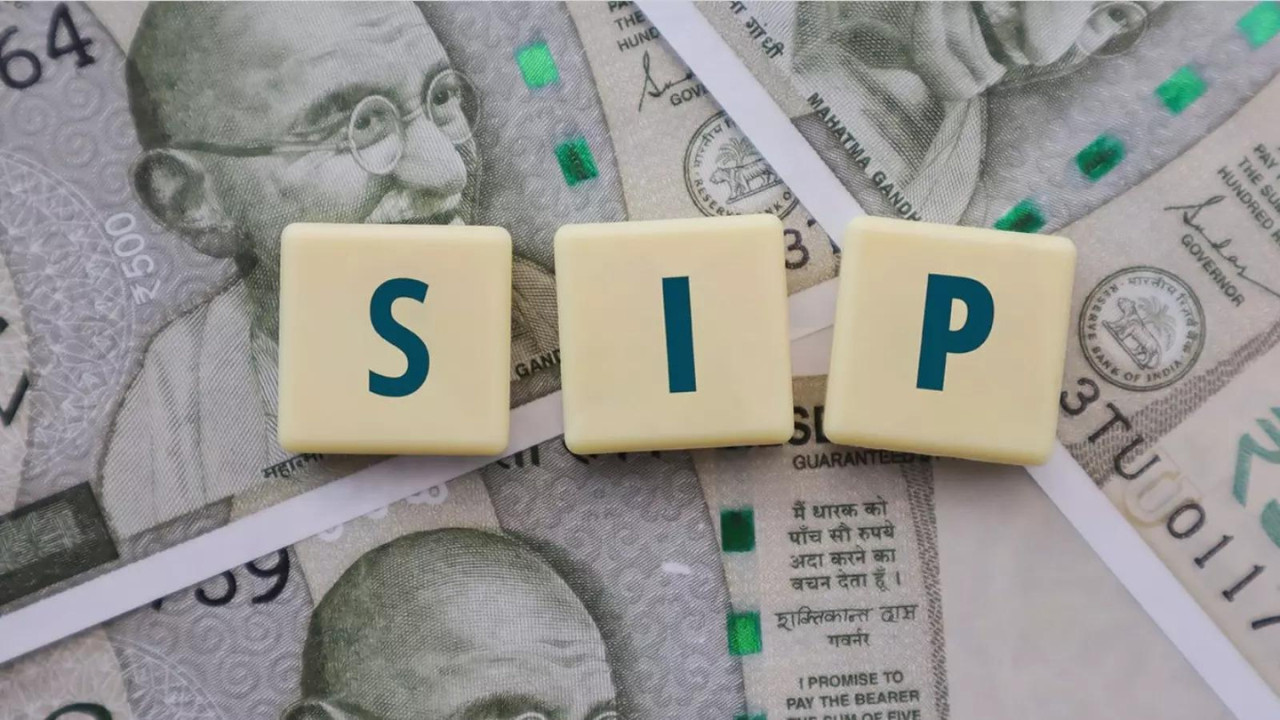Piyush Goyal’s visit to Sweden aims to bolster trade and investment ties between the two nations. Discussions at the India-Sweden High-Level Trade and Investment Policy Forum highlighted collaboration potential and the India-EU FTA. Goyal also met with Tetra Pak Sweden to explore sustainable packaging and encouraged Swedish companies to invest in India’s growing technology and R&D sectors.
India & EU: A Trade Tango Nearing its Crescendo?
Okay, let’s be honest, trade agreements don’t exactly scream “thrilling weekend read,” do they? But stick with me. This India-EU Free Trade Agreement (FTA) saga is shaping up to be a pretty big deal, one that could ripple through businesses and even touch our wallets. So, grab a coffee, and let’s dive in.
Essentially, after years of on-again, off-again negotiations, it sounds like India and the European Union are this close to finally sealing the deal on a comprehensive trade pact. That’s what Commerce and Industry Minister Piyush Goyal recently hinted at, and while optimism surrounding these deals is usually seasoned with a healthy dose of skepticism, the vibe around this one feels… different.
Think of it as a long and complicated tango. Both sides have been circling each other, carefully measuring steps, sometimes stepping on toes, but always maintaining a connection. Now, it seems like they’re finally ready to hit the final, show-stopping flourish.
What’s got everyone talking (and cautiously optimistic) is the level of commitment both sides are showing. The EU, a massive economic powerhouse, sees India as a crucial strategic partner, a counterweight to China, and a rapidly growing market brimming with potential. For India, access to the EU’s vast consumer base and advanced technologies is a golden ticket to boosting exports and attracting investment. It’s a win-win… in theory.
But, as always, the devil’s in the details. And in this case, the detail causing the most friction seems to be “non-tariff barriers.” What exactly are these sneaky hurdles? Think of them as the less obvious roadblocks on the trade highway. They’re not your standard tariffs (taxes on imports), but rather things like stringent regulations, complex certification processes, and sometimes, even bureaucratic red tape that can make it difficult for businesses to trade.
Imagine a small Indian textile manufacturer trying to export organic cotton shirts to Germany. They might face a labyrinth of environmental and labor standards, complex labeling requirements, and potentially expensive testing procedures. These non-tariff barriers can often be just as, if not more, burdensome than traditional tariffs.
Goyal acknowledged these sticking points, but also stressed that both sides are actively engaged in finding solutions. He used words like “actively working” and “resolving” which, in the carefully curated language of trade negotiations, sounds remarkably positive.
So, what’s at stake here? A lot, actually.
For Indian businesses: The FTA could open up a massive new market of over 450 million consumers in the EU. This means increased export opportunities for sectors like textiles, leather goods, pharmaceuticals, and agricultural products. Imagine the potential boost to India’s “Make in India” initiative! Lower tariffs and simplified trade procedures would make Indian goods more competitive in the European market.
For EU businesses: The deal would provide easier access to India’s rapidly growing market and its vast pool of skilled labor. European companies could potentially invest more in India, creating jobs and boosting economic growth. Sectors like automotive, machinery, and chemicals could particularly benefit.
For consumers on both sides: Ultimately, this agreement could lead to lower prices for a wider range of goods and services. Think cheaper European wines and cheeses in India, and more affordable Indian textiles and spices in Europe.
However, it’s not all sunshine and roses. There are genuine concerns that need addressing. For example, some Indian farmers worry about competition from heavily subsidized European agriculture. On the other hand, some EU businesses are concerned about intellectual property rights protection in India.
The real test will be whether both sides can find a way to address these concerns in a way that is fair and mutually beneficial. It will require compromise, creativity, and a willingness to look beyond short-term gains.
So, what to expect next? Keep an eye out for further rounds of negotiations. The negotiators will likely be burning the midnight oil trying to iron out the remaining wrinkles. While a definitive timeline remains elusive, the momentum seems to be building towards a final agreement, possibly within the next year or so.
This FTA is more than just a trade deal; it’s a strategic partnership with the potential to reshape economic relations between India and the EU. It’s a complex dance, but if they can nail the choreography, the rewards could be significant for both sides. Let’s hope they can stick the landing.
📬 Stay informed — follow us for more insightful updates!







